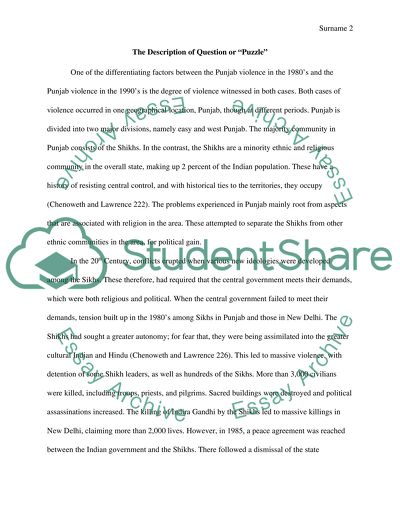Cite this document
(“The Punjab Conflict Essay Example | Topics and Well Written Essays - 1750 words”, n.d.)
Retrieved de https://studentshare.org/history/1471814-the-punjab-conflict
Retrieved de https://studentshare.org/history/1471814-the-punjab-conflict
(The Punjab Conflict Essay Example | Topics and Well Written Essays - 1750 Words)
https://studentshare.org/history/1471814-the-punjab-conflict.
https://studentshare.org/history/1471814-the-punjab-conflict.
“The Punjab Conflict Essay Example | Topics and Well Written Essays - 1750 Words”, n.d. https://studentshare.org/history/1471814-the-punjab-conflict.


